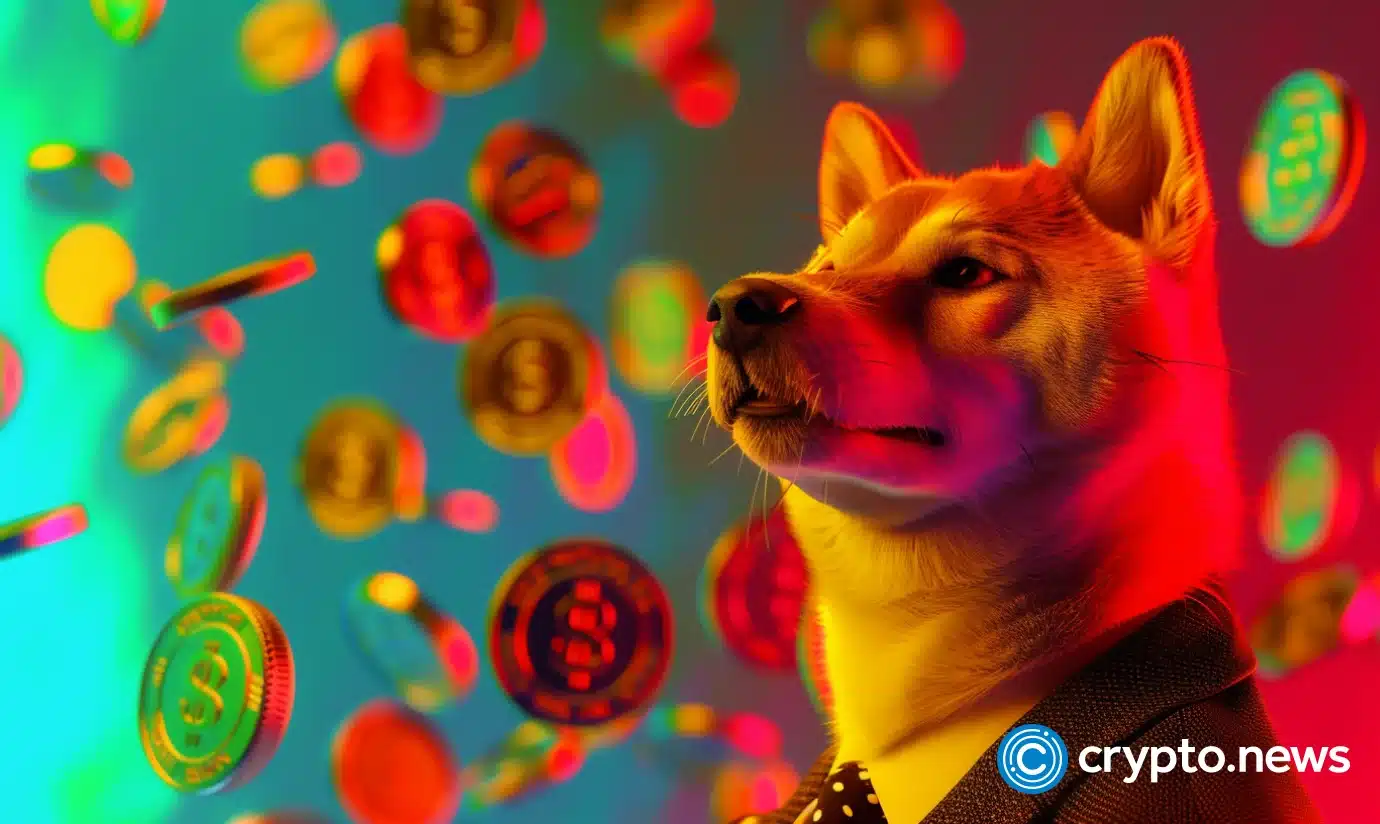How many Dogecoins are there? Dogecoin’s supply explored

Discover how many Dogecoins are there and their impact on the crypto market. Explore the unique, uncapped Dogecoin supply and its global spread.
In the last few years, cryptocurrency has taken the world by storm, offering a plethora of digital currencies from the well-known, such as Bitcoin (BTC) and Ethereum (ETH), to the more niche and whimsical, such as Dogecoin (DOGE).
In this article, we delve into the specifics of Dogecoin, addressing the fundamental question; how many Dogecoins are there?
Table of Contents
Dogecoin: a brief history
Before plunging into the numbers, let’s revisit the origins of Dogecoin. Launched in 2013 by software engineers Jackson Palmer and Billy Markus, Dogecoin was intended to be a fun, less serious alternative to mainstream cryptocurrencies like Bitcoin, which Palmer and Markus felt was being taken too seriously.
The technology behind Dogecoin is derived from Litecoin (LTC) and Luckycoin (LKC). It uses Scrypt technology in its proof-of-work (PoW) algorithm, differentiating it from Bitcoin’s SHA-256 algorithm.
This technical difference has implications for DOGE miners – it allows for faster block processing times, which means faster transaction times.
The memecoin, whose mascot is a Shiba Inu dog, a popular internet meme when it was created, instantly gained traction on Reddit, amassing a market value of $8 million shortly after its launch.
The coin’s creators didn’t initially aim for major financial success or widespread adoption but rather sought to create a friendly and inclusive community around the memecoin.
Its price remained relatively flat for seven years, from December 2013 to December 2020. However, thanks to a strong community and notable endorsements from high-profile individuals like Tesla CEO Elon Musk and investor and television personality Mark Cuban, DOGE eventually ascended from a quirky meme-based cryptocurrency to an internet sensation.
During this period, it also gained significant attention and value through various charity initiatives and online tipping on social media platforms. The public support helped push Dogecoin into the mainstream and occasionally sparked significant price increases.
Dogecoin’s uncapped supply: a sea of coins
Most cryptocurrencies have a maximum supply cap. Once all the coins have been mined, no new coins will be produced.
Scarcity is one of the factors that can drive up the price of a cryptocurrency. For instance, Bitcoin has a maximum supply of 21 million and about 19.6 million BTC have been mined to date, leaving fewer than 1.4 million left to be mined, with their value expected to rise exponentially the closer we get to the cap.
However, Dogecoin operates differently. Its uncapped supply means miners can continuously mine Dogecoin with no upper limit.
The reason for this is tied to Dogecoin’s block rewards. Initially, the block reward was random, and its makers had proposed a coin limit of 100 billion.
However, since the Dogecoin community implemented a soft fork in 2014, the reward has been fixed at 10,000 DOGE per block and the idea of a coin supply cap was also done away with.
The new setup ensured miners were always incentivized to continue mining to secure the Dogecoin network.
With millions of new tokens mined daily, this uncapped supply model has resulted in the current total number of Dogecoins standing at nearly 143 billion. It has also sparked discussions on the memecoin’s susceptibility to inflation in the long haul.
Dogecoin circulation
So, how many Dogecoins are in circulation? The continuous mining of DOGE, at a rate of about 10,000 coins per minute, means there are 142,999,726,383 Dogecoins in the world at the time of this writing.
It should be noted that this number changes every day. Theoretically, 14.4 million new Dogecoins can be added into the mix every 24 hours, amounting to some 5.2 billion new Dogecoins in total entering circulation annually.
How Dogecoin’s supply affects its price
Psychologically, people tend to value scarce things more, so how many Dogecoins are available has implications for their value and potential growth.
Unlike cryptocurrencies whose value is tied to their limited supply, Dogecoin’s infinite supply could lead to inflation, as the continuous production of coins causes their value to decrease over time.
This inflationary nature has kept the average DOGE price low, ordinarily under $1, making it a hotspot for speculative bursts but equally vulnerable to long-term devaluation against capped cryptocurrencies.
So, the fact that Dogecoins will always be available due to no upper limit is often considered a drawback. It can lead to lesser demand and make it more difficult for the price to grow over time. However, it also means that it can be more readily used for transactions, as there is no fear of running out of coins.
Analyzing Dogecoin’s market influence
Understanding what makes Dogecoin’s price go up or down is important for anyone considering investing in it. Put simply, the more people want a crypto, the more its price can change. Demand can be affected by how the economy is doing, how people feel about the market, and how much trust investors have in the coin and the broader crypto market.
News stories, government decisions, and big announcements can shake things up too. If the market suddenly gets excited or worried after certain Dogecoin news, its value can jump or drop fast.
Celebrity endorsements and online community engagement also influence the coin’s market position. Statements and engagements from the likes of Elon Musk have often triggered notable fluctuations in the DOGE market.
Those considering investing in Dogecoin may want to stay sharp and keep an eye on these changes, as knowing what’s going on could help them make smarter moves and avoid losing out.
However, it’s not all smooth sailing for Dogecoin. Its current standing has been marked by potential hurdles, including regulatory changes and bearish market trends. There have also been concerns about its sustainability and future, which have likely influenced its market price.
FAQs
How many Dogecoins are left?
Given Dogecoin’s inflationary model, this is a moving target as there is no cap on the total supply of Dogecoins that can be mined.
How many Dogecoins are lost?
As with all digital currencies, this is difficult to quantify. On-chain data does not clearly show the number of lost Dogecoins. Without an official report or analytic tool to track these lost coins, providing an accurate number of lost Dogecoins is difficult.
How many Dogecoins are mined per day?
It is estimated that about 14.4 million Dogecoins are mined daily because the Dogecoin network issues a 10,000 DOGE reward for every block, and blocks are typically added to the blockchain about every minute.
However, it’s important to note that this is an approximation and the actual number can vary due to factors such as changes in the mining difficulty and network hashrate.
Who owns the most Dogecoins?
While it’s tricky to pinpoint, reports indicate that the largest amount of Dogecoin is owned by an anonymous investor associated with Robinhood, holding approximately 29.5 billion Dogecoins, which equates to 30.16% of the currency’s total circulating supply.















